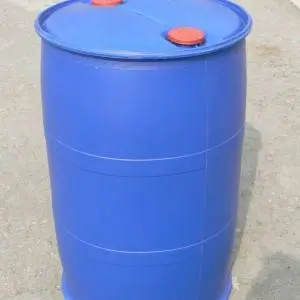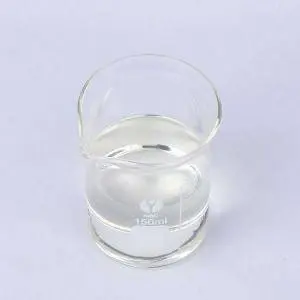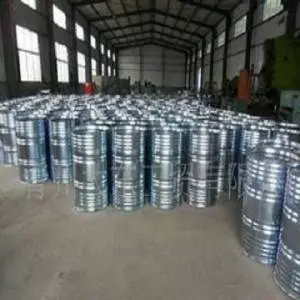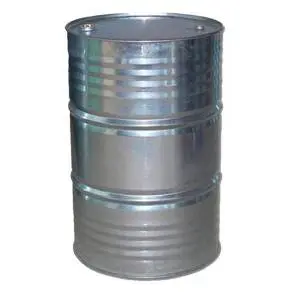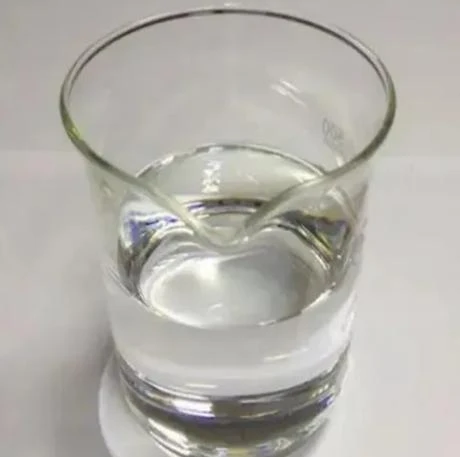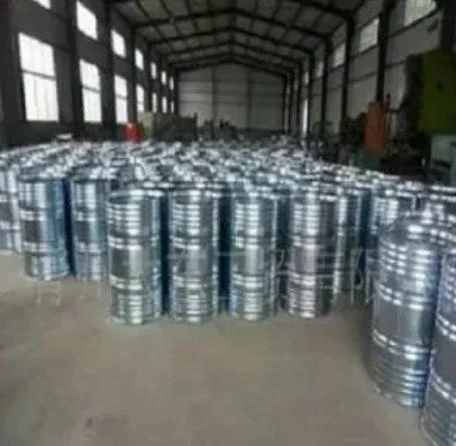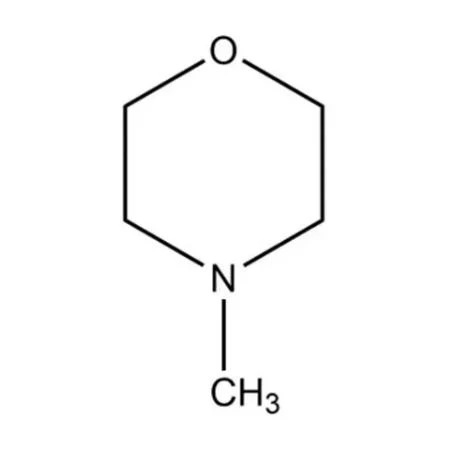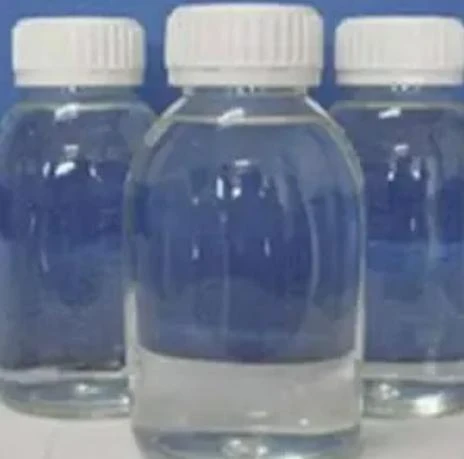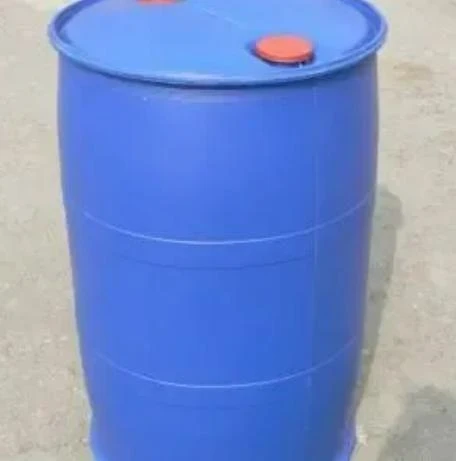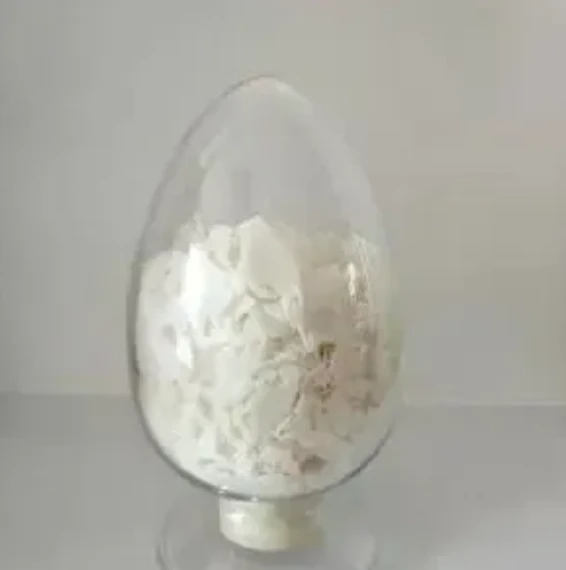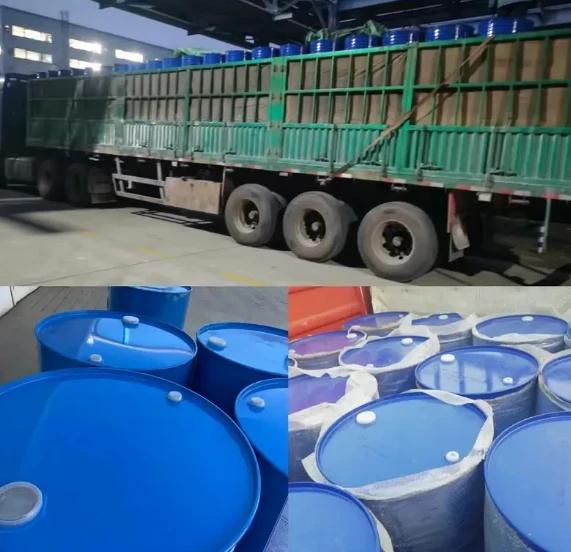Sodium Carboxymethyl Cellulose (CMC) - Top Thickener Solutions
Sodium Carboxymethyl Cellulose (CMC) stands as a cornerstone specialty chemical in numerous modern industries due to its exceptional versatility, performance attributes, and wide applicability. This comprehensive guide covers CMC's industry trends, technical specifications, manufacturing process, key application scenarios, supplier/brand comparisons, and recent real-world implementation cases — fully tailored for technical decision-makers, purchasing specialists, and R&D engineers.
- Market Size (2023): Global CMC market size reached USD 1.6 Billion, projected CAGR of 5.5% through 2030 (Source: Grand View Research).
- Core Drivers: Growth in food processing, oil & gas drilling, detergents, pharmaceutical, ceramics, and battery sectors.
- Innovation: ISO/FDA-compliant grades for food/pharma, ultra-high viscosity and salt resistance variants for energy tech.
- ESG: CMC is plant-based, biodegradable, non-toxic — supporting the circular economy and reducing carbon footprint.
- Regional Demand: Major consumption: Asia-Pacific (>40%), led by China, South Korea, India.
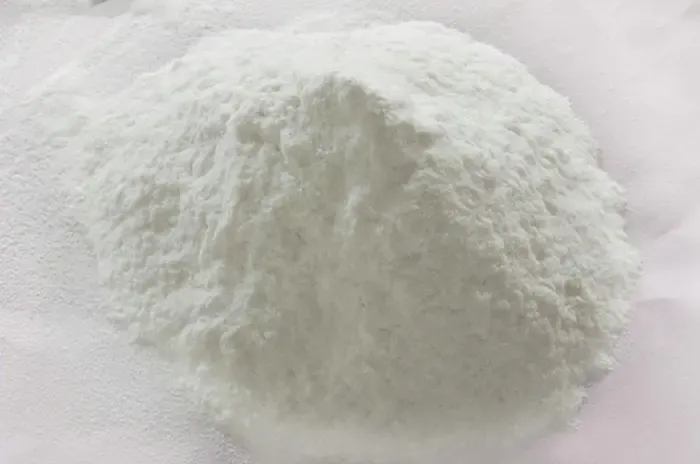
Figure 1: Powdered Sodium Carboxymethyl Cellulose (CMC) – High-purity grade
| Parameter | Food Grade | Industrial Grade | Oil Drilling Grade | Detergent Grade | Pharmaceutical Grade |
|---|---|---|---|---|---|
| Purity (%) | ≥99.5 | ≥97.0 | ≥85.0 | ≥97.0 | ≥99.7 |
| Degree of Substitution (DS) | 0.65 – 0.90 | 0.60 – 1.20 | 0.80 – 1.20 | 0.60 – 1.00 | 0.70 – 0.95 |
| Viscosity (2% Sol, 25°C, mPa.s) | 300 – 5000 | 300 – 6000 | 800 – 8000 | 100 – 600 | 500 – 7000 |
| Moisture (%) | ≤8.0 | ≤10.0 | ≤10.0 | ≤10.0 | ≤8.0 |
| pH (1% Sol.) | 6.0 – 8.5 | 6.5 – 9.5 | 7.0 – 11.0 | 6.5 – 9.0 | 6.0 – 8.0 |
| Certification | ISO22000, FDA, Kosher, Halal | ISO9001:2015 | API, ISO, OCMA | ISO9001 | USP, EP, ISO22000 |
- Material: Wood pulp (cotton linters or softwood/hardwood dissolving pulp)
- Manufacture: Modern batch/continuous reactors, precise pH/temperature controls, GMP for food/pharma grades
- Quality Control: ISO9001:2015, ISO22000, FDA/USP, Kosher certifications
- Product Properties: Soluble in cold/hot water, forms diverse viscosity gels, long shelf life (≥2 years dry/stored properly)
- Oil & Gas: Drilling mud additive (increases viscosity, stabilizes borehole, prevents fluid loss, salt resistance, lubricity)
- Food: Thickening, stabilizing, fat mimetic (bakery, instant noodles, ice cream, sauces)
- Detergents: Anti-redeposition, thickening, delivers suspension in liquid detergents
- Pharmaceuticals: Excipient in controlled-release tablet coatings, oral suspensions
- Battery Separator: Binder for Li-ion battery electrode slurries
- Ceramics/Paints: Binder, viscosity regulator, glaze suspension
- Paper/Textile Printing: Surface sizing, print definition, dye-retention
- Wide Range Viscosity Control: Customizable for Newtonian/non-Newtonian flow, from water-like to gel systems
- Excellent Salt/Alkali Tolerance: Especially in industrial and drilling grades; maintains performance in harsh brines
- Superior Film Formation: Useful for edible coatings, tablet films, surface modifiers
- Strong Water Retention: Reduces energy consumption in food ceramics, boosts product yield
- Eco-Safety: Biodegradable, non-toxic, hypoallergenic
- Cost Efficiency: Small dosage has significant performance; reduces use of costlier, synthetic polymers
| Supplier | Country | Certifications | Key Strengths | Notable Clients |
|---|---|---|---|---|
| Sincere Chemicals | China | ISO9001, ISO22000, FDA, Kosher, Halal | Full series, food/pharma/API grades, export to 80+ countries | Unilever, Kerry, Sinopec, Nestle |
| CP Kelco | USA | ISO9001, GMP, FDA, Kosher | High-purity, custom blends, global R&D support | P&G, Mondelez, Shell |
| Dow Chemical | USA | ISO9001, GMP, API | Industrial/Chemical focus, robust supply chain | ExxonMobil, Schlumberger |
| Ashland | USA | ISO9001, ISO14001 | Specialty pharma, personal care, battery grades | Pfizer, GSK, Tesla |
| Amtex | Mexico | ISO9001, FDA | API/industrial—Latin America leader | Odebrecht, Grupo Bimbo |
- Viscosity Customization: 200–10,000 mPa.s (measured per Brookfield DV/S, ISO2555)
- Particle Size: 80–600 mesh (custom sieving)
- Degree of Substitution: 0.6–1.2 as per target solubility/thickening
- Salt/Alkali/Solvent Tolerance: Engineered for enhanced performance (request specific brine or salt/fatty acid compatibility)
- Additive Compatibility: Can be blended with starch, xanthan, PVA, etc.
- Sterile Packages: For USP/FDA regulated segments—gamma irradiation/aseptic packing
- Consultancy: Applications R&D, integration/scale-up support, full documentation (MSDS/CoA/etc.)
| Parameter | Standard Range | Custom Options | Testing Standard |
|---|---|---|---|
| Degree of Substitution (DS) | 0.6–1.2 | 0.35–1.50 | ISO 9001, GB/T 20863 |
| Viscosity (2% sol., 25°C) | 400–6000 mPa.s | 200–10,000 mPa.s | ISO2555, Brookfield, USP |
| Particle Size | 80–600 mesh | As per client | CP Kelco/USP40 |
| Purity (%) | ≥99.5 | ≥99.75 (ultra-pure) | ISO, USP, FDA |
| Pack Size | 25kg/bag | 5–1000kg; sterile packaging | ISO22000 |
| Shelf Life | 2 years | Up to 5 years (hermetic) | Internal QC, ISO22000 |
Challenge: Deep shale drilling (4300m–5400m), severe water loss and bit clogging.
Solution: Formulated ultra-high viscosity (7,000 mPa.s) Sodium Carboxymethyl Cellulose (CMC) (salt-resistant grade).
Results: Fluid loss cut by 26.7%; drilling rate up 14.1%; BHA lubricity increased; lower overall polymer cost.
Reference: API/OCMA, Sinopec Drilling Journal, 2023.
Case 2: Food Industry Stability Enhancement — Dairy Coop, South Korea
Challenge: Yogurt viscosity stability issue during distribution (summer transport, >35°C).
Solution: Adopted high-purity, food-grade Sodium Carboxymethyl Cellulose (CMC) (1% sol, 1800 mPa.s).
Results: Average shelf-life extended by 3 weeks; texture uniformity improved, customer complaints down 57%.
Case 3: Battery Manufacturing — EU Lithium Plant
Challenge: Lithium-ion electrode slurry required improved binding for advanced EV batteries.
Solution: Customized Sodium Carboxymethyl Cellulose (CMC) binder (DS 1.10, ultrafine mesh, dispersibility optimized).
Results: Increased cycle count by 8%, gel uniformity up, anode cracking reduced.
- Delivery lead time: Ready stock: 3–7 days; Custom: 10–21 working days
- Quality Guarantee: All Sodium Carboxymethyl Cellulose (CMC) supplied with Certificate of Analysis, MSDS, CoA; 100% replacement/refund for non-conforming batches
- Warranty: Full product quality traceability (ISO9001:2015), 24–48 month performance warranty for approved storage/usage
- Customer technical service: Formulation guidance, troubleshooting, multi-language support, on-site/remote training
- Regulatory support: Assistance with FDA, EPA, ISO, Kosher/Halal, and customs documentation
For in-depth industry insights and technical discussions, visit:
* ScienceDirect: CMC Applications
* ResearchGate: CMC Grades & Applications – Review
* AllianceOrg Industry Forum — CMC Market Trends
Post time: Aug . 01, 2025 05:40



